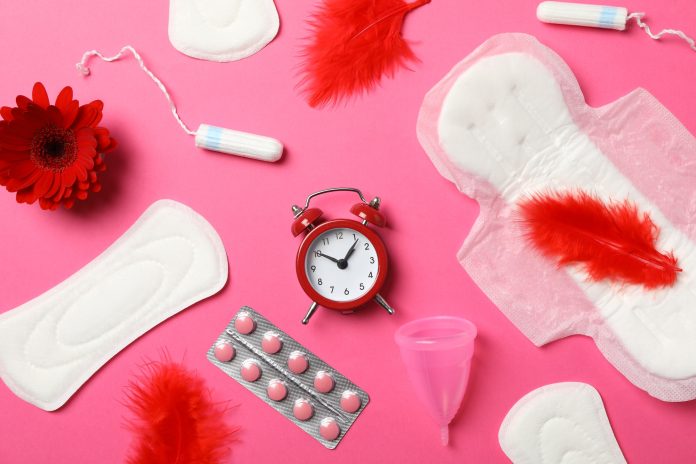Menstruation
Menstruation is a natural and essential part of the female reproductive cycle. Here’s an overview:
Definition
Menstruation is the shedding of the uterine lining, resulting in bleeding, when a pregnancy does not occur.
Menstrual Cycle Phases
1. Menstruation (Days 1-5): The uterine lining sheds, resulting in bleeding.
2. Follicular Phase (Days 6-14): The uterine lining thickens, and follicles in the ovaries produce estrogen.
3. Ovulation (Day 14): An egg is released from the ovary.
4. Luteal Phase (Days 15-28): The uterine lining prepares for a potential pregnancy.
Symptoms
1. Bleeding: Menstrual flow can range from light to heavy.
2. Cramps: Uterine contractions can cause discomfort or pain.
3. Bloating: Water retention can lead to bloating and breast tenderness.
4. Mood Changes: Hormonal fluctuations can cause irritability, anxiety, or depression.
Menstrual Products
1. Sanitary Napkins: Disposable pads attached to underwear.
2. Tampons: Disposable or reusable cylindrical products inserted into the vagina.
3. Menstrual Cups: Reusable, bell-shaped products inserted into the vagina.
4. Period Panties: Special underwear designed to absorb menstrual flow.
Menstrual Health
1. Hygiene: Practice good hygiene to prevent infections.
2. Nutrition: Maintain a balanced diet to alleviate symptoms.
3. Exercise: Engage in physical activity to reduce cramps and improve mood.
4. Stress Management: Practice stress-reducing techniques, such as meditation or yoga.
Common Menstrual Disorders
1. Amenorrhea: Absence of menstruation.
2. Dysmenorrhea: Painful menstruation.
3. Menorrhagia: Heavy or prolonged menstrual bleeding.
4. Polycystic Ovary Syndrome (PCOS): Hormonal disorder affecting ovulation and menstruation.

